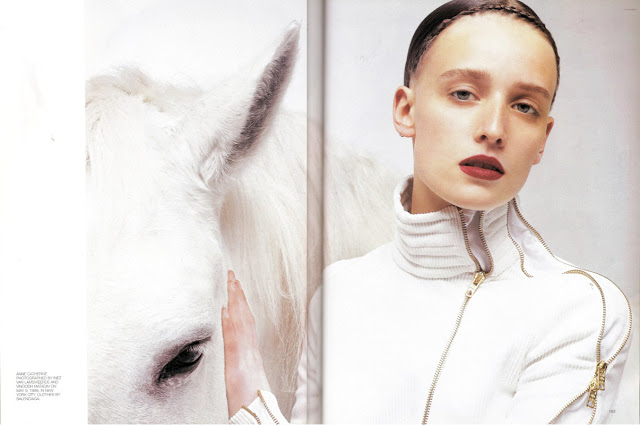
 Orpheus and Eurydice, Auguste Rodin, modeled probably before 1887, carved 1893
Orpheus and Eurydice, Auguste Rodin, modeled probably before 1887, carved 1893
This mythological subject was very popular in Auguste Rodin‘s times. The sculptor, inspired by the opera Orfeo ed Euridice from Christoph Willibald Gluck from 1762 that was performed in Paris by the end of the 19th Century again, turned to this motif in the 1880’s. Re-using the body of Paolo Malatesta (best known for the story of his affair with Francesca da Polenta, portrayed by Dante Alighieri in a famous episode of his Inferno ) as featured in Fugit Amor (Fugitive Love), he had by 1887 created Orpheus’s torso and head.
According to Georges Grappe, the first group was composed in 1892, although some contemporaries dated it 1894 – probably mixing it up with Orpheus and Eurydice Leaving Hell, executed in marble in 1893 for the American collector Charles T. Yerkes. This latter version, purchased by Thomas P. Ryan on 22 January 1910 and presented to the Metropolitan Museum in New York, shows a walking Orpheus with his left hand before his eyes, followed by Eurydice.
The now isolated male figure, named Orpheus Imploring the Gods, shows the singer in the moment he realizes that he will never see his lover again. The brutally severed hand of Euridyce on the harp, remnant of the former group constellation, underlines the tragedy of this situation.
In Orpheus and the Furies, the rather coincidental juxtaposition of the Kneeling Fauness and The Martyr, as seen in the tympanum of The Gates of Hell – is employed again by Rodin to present the last stage of Orpheus’s fruitless quest. Changing the gender of the kneeling figure, he shows a rather frail Orpheus cracking under the weight of the raging Maenads.




















